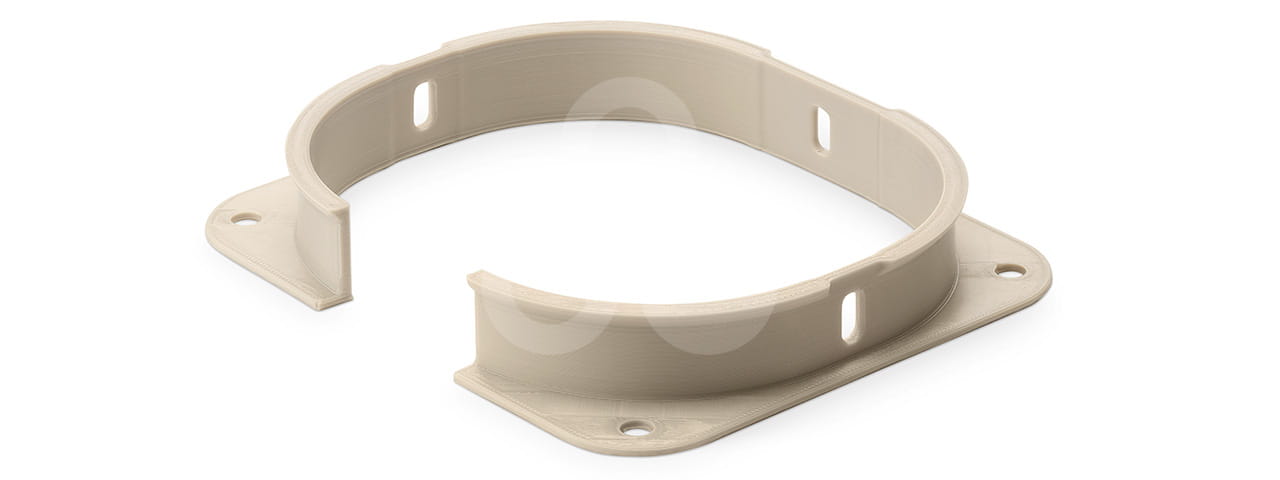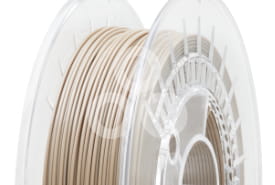3D printed components for high performance small satellites
Transmission of laser data via cube satellites
Fibre bracket made of PEEK as a carrier for polymer fibres
Optical polymer fibres, also known as optical fibres, are an essential component of data transmission. These hair-thin strands are wound onto a fibre bracket and secured. The demands on the process technology and the material from which the fibre holder is to be manufactured are correspondingly high.
During its use, the material will be permanently exposed to high and fluctuating temperatures of -10 °C to 50 °C. In addition to excellent heat resistance, the material must have the highest possible strength, low outgassing and good creep resistance. These properties must also be guaranteed over a period of several years. It is also imperative that the robust material has the lowest possible component weight.
PEEK is the only high-temperature plastic approved for aerospace applications that fulfils the decisive criterion of minimal outgassing. Within the Ensinger PEEK family, the two materials TECAFIL PEEK EV natural and TECAFIL PEEK VX natural qualify.
3D printing of PEEK materials
The two decisive criteria for choosing the additive manufacturing process are the geometry and the batch size from 1 piece. In addition, 3D printing has two further advantages: flexibility and speed.
The 3D printing of PEEK filaments in reliable, certified quality places high demands on the process technology. Even during printing, the materials are exposed to high temperatures of 180 °C to 210 °C.
Thanks to over 50 years of experience with high-performance plastics and their processing, this new development was successfully realised in a short space of time.


